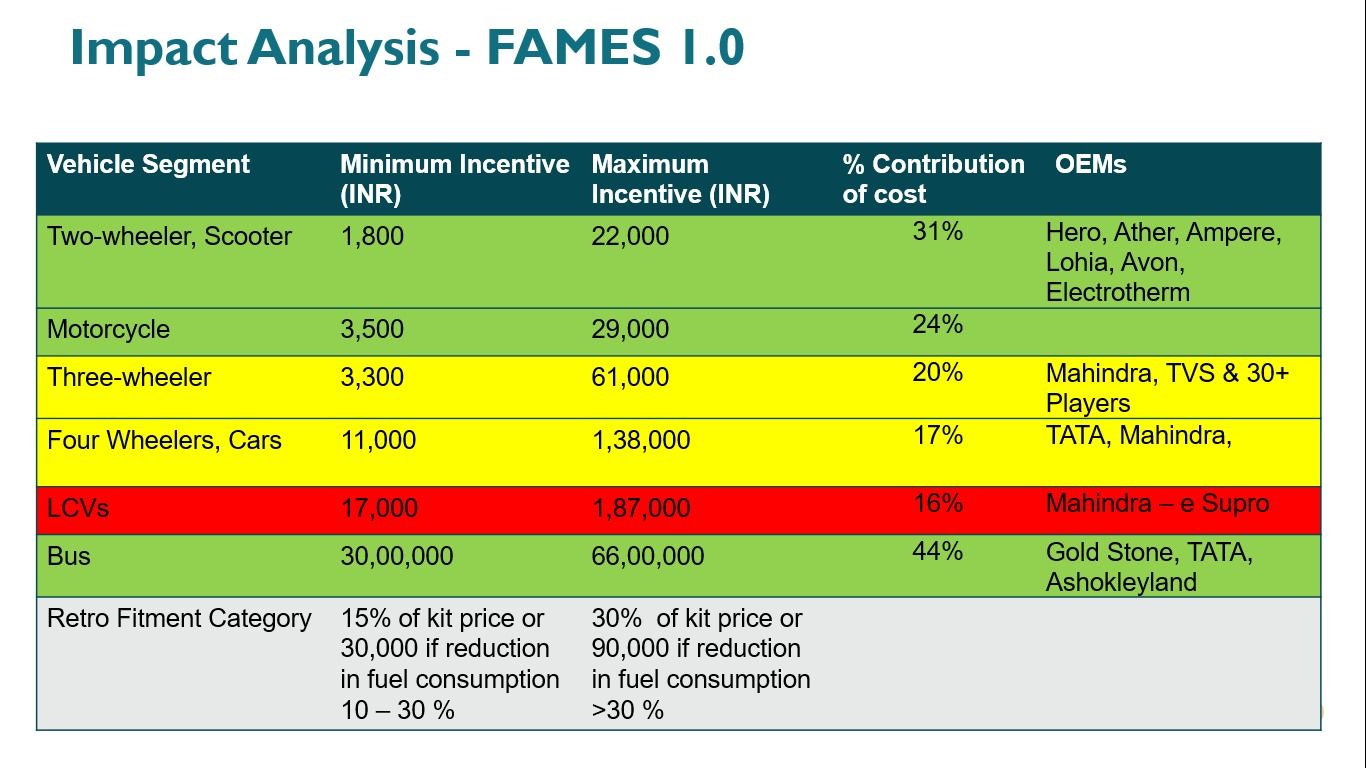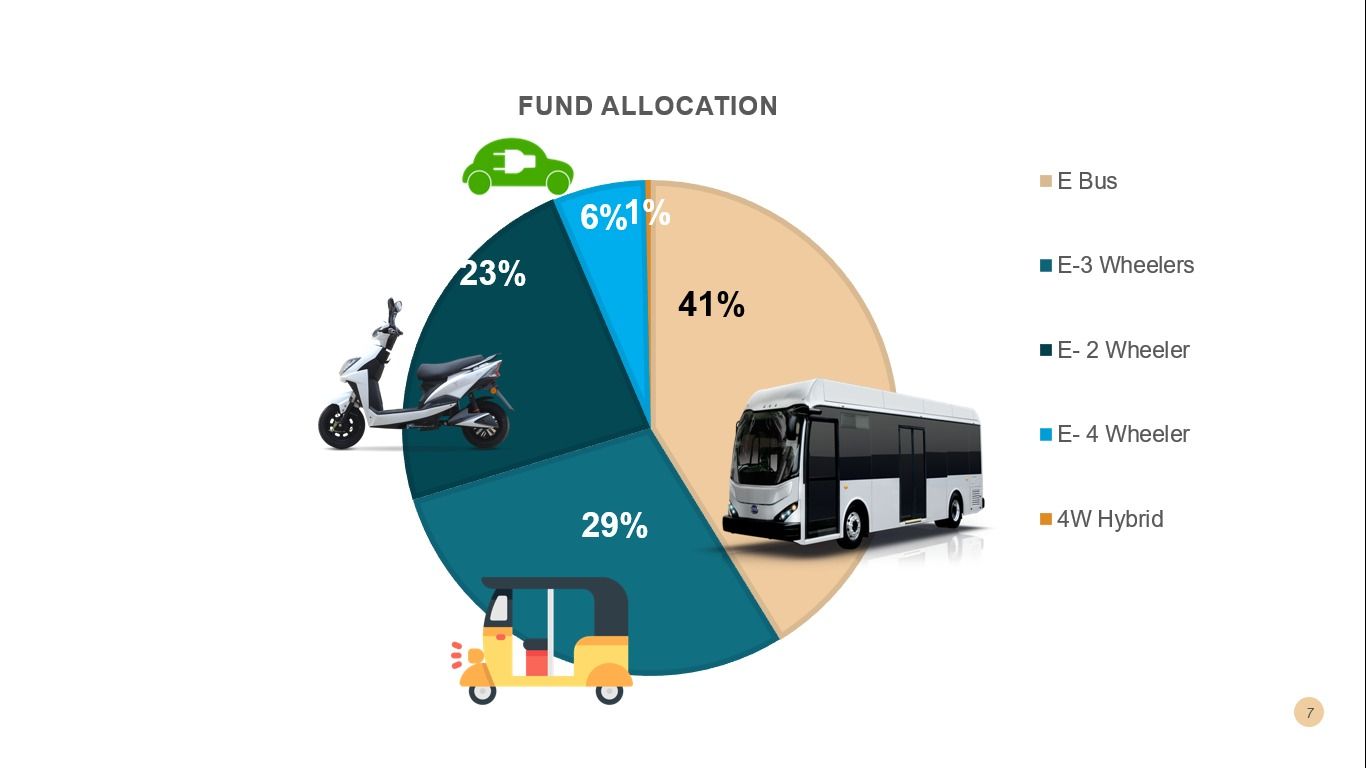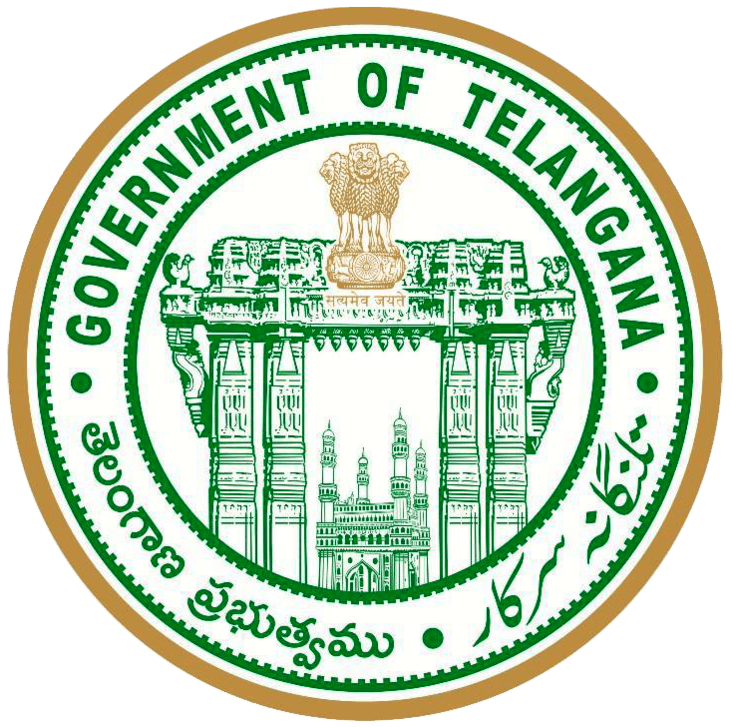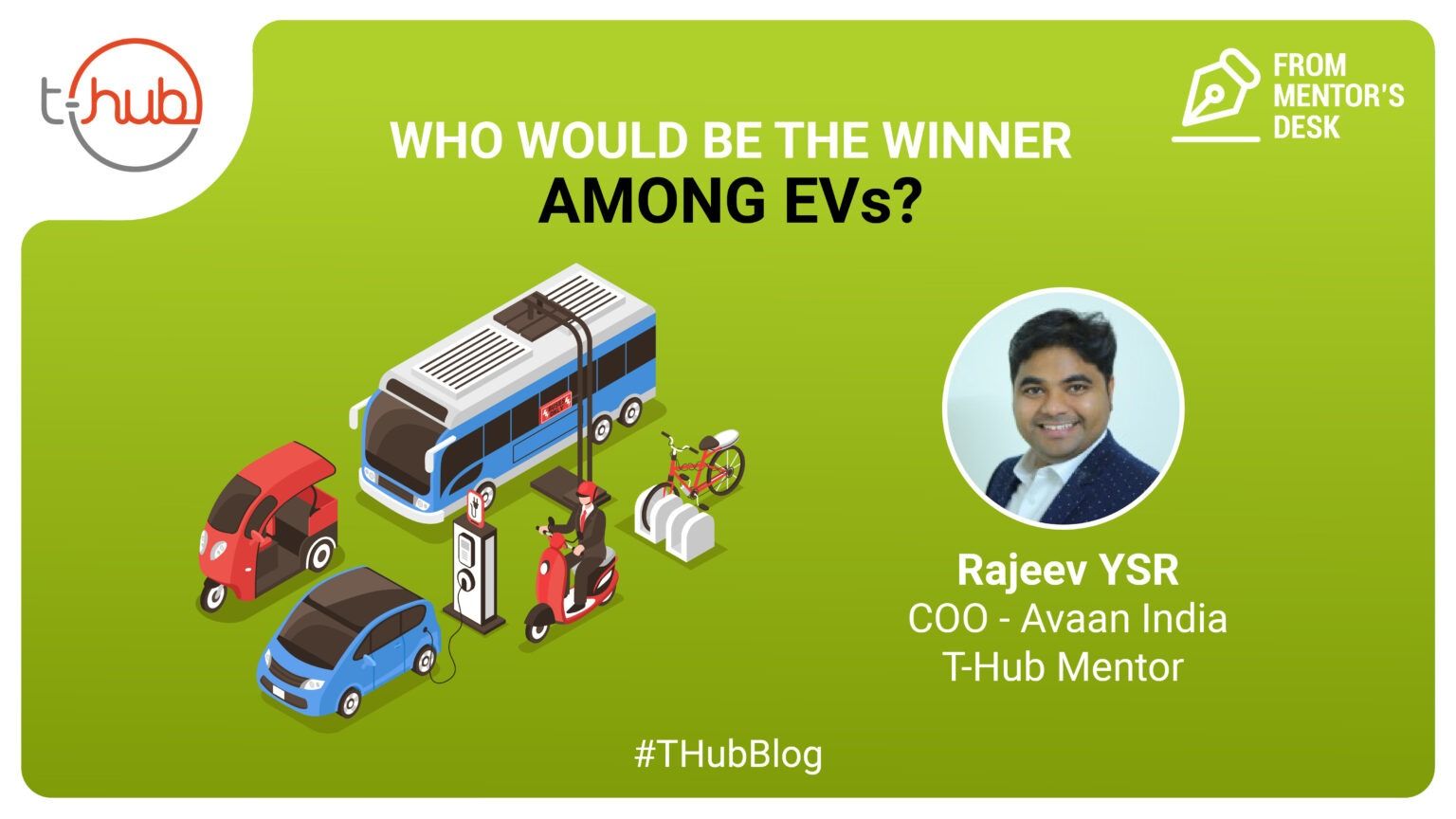A question that I often come across during my talks either in seminars or webinars is
which vehicle category would emerge as winner in the Electric Vehicle (EV) Revolution?
So I thought to answer the question through this article that it might benefit many.
Introduction – Context Setting
We Indians in general are competitive and that spirit is with in us since our childhood. I am sure you would have had arguments among your friends as kids over which vehicle is the best? Who can ride cycle faster? Which cartoon character is the best hero? Well I did have my share of such arguments
After man years, i only realized, the spirit remained same but the questions only did change and this is definitely one such question of which category among EVs would emerge as winner.
While i don’t have any favorites among the vehicle categories, but i want you to explore the answer along with me as i dive deep into the fundamental and technical analysis of the market, policies and the actions of the government.
So Why wait? Lets dive in, explore and find out answers.
Fundamental Analysis
We first need to understand, why India in the first place opted for Electric Mobility Revolution. Well to find an answer to this question, lets all travel to my favorite destination Paris, where as part of the the United Nations Framework Convention for Climate Change (UNFCC) 2015, India has signed a treaty agreeing to many points. Of which, we only focus on those points which are relevant to us and those are mentioned below.
- Reduce the emissions intensity of its GDP by 33 to 35% by 2030 from 2005 level
Transport sector contributes to 30% of pollution and hence is the low hanging fruit to be addressed to reduce the carbon emission. The detailed reasoning for this approach is mentioned in my previous article “Why Should India embrace EVs?” https://www.linkedin.com/pulse/why-should-india-embrace-electric-mobility-revolution-rajeev-ysr/
Technical Analysis of FAME 1.0 and FAME 2.0 Policies
You might wonder what FAME is – Its the acronym for Faster Adoption and Manufacturing of Electric Vehicles.
As part of the National Electric Mobility Mission Plan NEMMP 2020, Department of Heavy Industry formulated a Scheme viz. Faster Adoption and Manufacturing of (Hybrid &) Electric Vehicles in India (FAME India) Scheme in the year 2015 to promote manufacturing of electric and hybrid vehicle technology and to ensure sustainable growth of the same. The objective of this mission is to convert all mobility in India towards electric by 2030.
The Phase-I of this Scheme was initially launched for a period of 2 years, commencing from 1st April 2015, which was subsequently extended from time to time and the last extension was allowed up to 31st March 2019. This is followed by FAME 2.0.
Am sure, the last few paragraphs could have been boring and you are about to stop reading this article further, but the real spice comes now
I always believe that every action resulted in particular form has a strong cause, reason or science behind it and nothing is ever accidental. And electric mobility evolution is no exemption to this theory.
Lets find out by analyzing the impact of FAME 1.0 and asses the possible outcome through FAME 2.0.
Impact Analysis of FAMES 1.0

The above picture is self explanatory but still let me draw some inferences from it. We basically looked at the maximum and minimum incentives for each vehicle segment and few prominent players in each segment.
Now, if we look at the contribution % of FAME subsidy to the actual vehicle cost, it is very evident of which vehicle segment gets the maximum contribution.
All vehicle segments whose contribution is more than 20% are marked green and less than 20% is marked red. Clearly winners are as per the order below.
- Buses
- 2 Wheeler, Scooters
- Motor cycles
- 3 Wheeler
- LCV
Am sure, you are almost figuring out who could be the winner among different vehicle segments. So it is evident why there were so many Electric buses being operated across states, STUs (State Transport Units) continuing to place orders for 1000s of buses. Well, don’t jump to conclusions before we analyse the FAME 2.0 Impact.
Impact Analysis of FAME 2.0

Out of the total 10,000 Cr that has been allocated, ~ 8600 Cr are for demand incentives. The allocation of funds out of these 8600 Cr among different categories is as below.

So even the FAME 2.0 analysis also favors the electric buses.
It is also to be noticed here that in case of E-bus, the sponsor, buyer and the consumer (STUs) are all Govt entities with only OEM (Original Equipment Manufacturer) being the odd man out. Hence the penetration is much easier.
Hence the results of this competition are very clear. The winner up would be E-Bus category and there would be a tough competition between 2 Wheeler and 3 Wheeler Categories for the runner up positions.
The 4 wheeler segment which we generally use as litmus test to gauge the penetration of E vehicles into Indian market and thus asses the success of Electric Vehicle market in India comes last in terms of fund allocation.
PS: If you like this article and found useful, Please do like, share and comment.
About the Author:
He is the first one to launch deliveries through Electric Vehicles in India for his customer – IKEA in 2018 from the city of Hyderabad and made the deliveries through EV’s a commercially viable project despite all odds.
He is actively leading the Electric Mobility revolution in India by closely engaging with Government, policy makers, think tanks, industry leaders, start ups and all the ecosystem shareholders.
#ElectricVehicles #EVMarketinIndia #IndianElectricMobility #EVs in India
~ Rajeev YSR
NOTE: This article was originally published in LinkedIn on 1 June 2020, with the title, Who would be the Winner among EVs?






